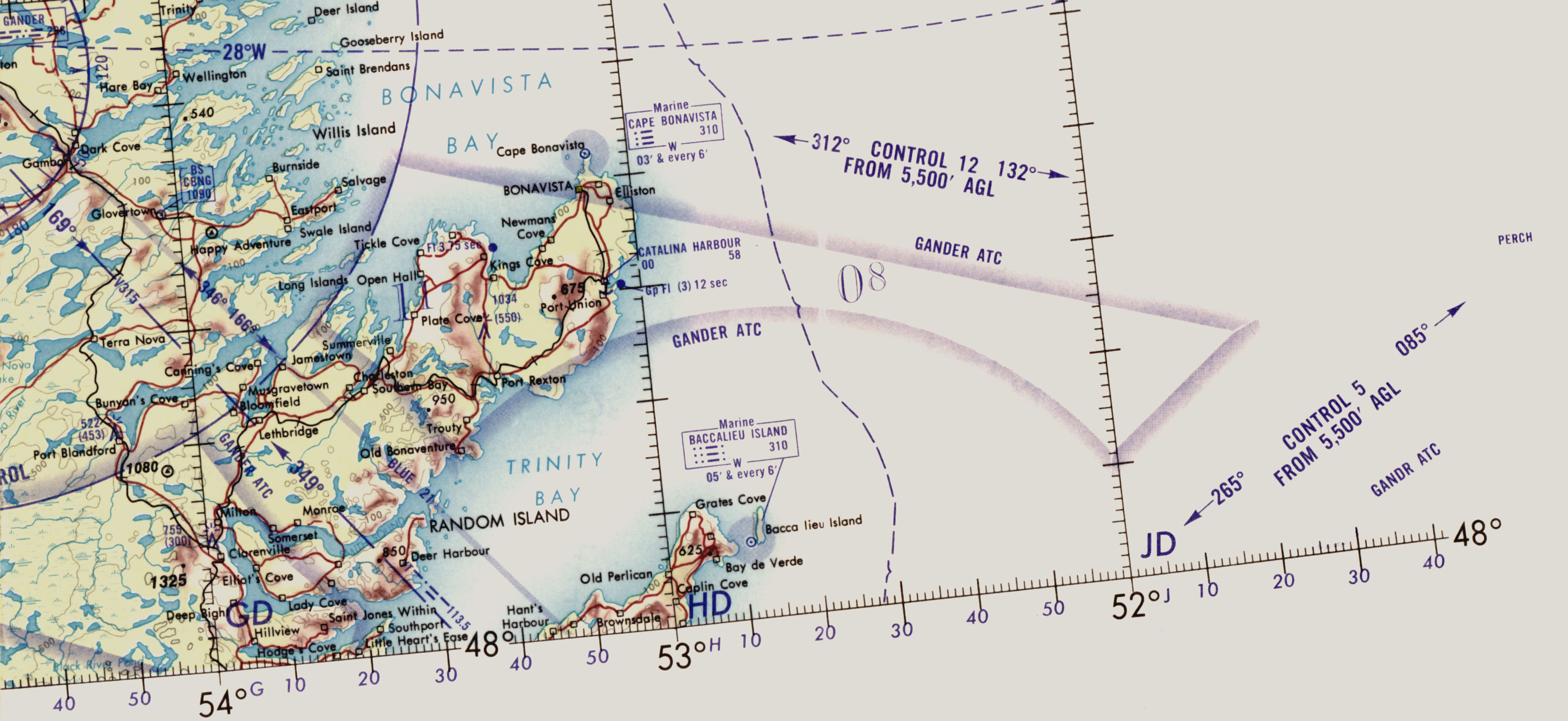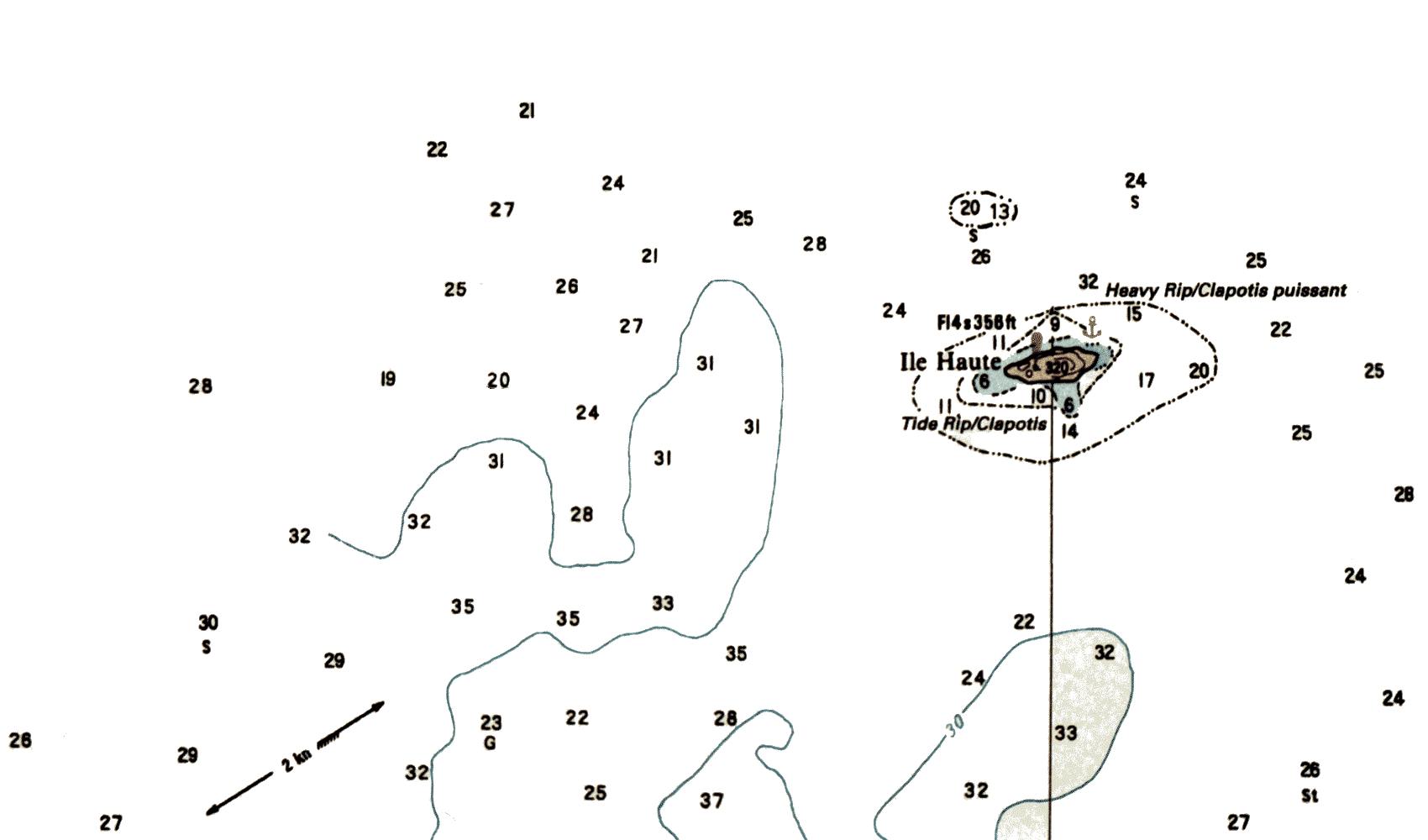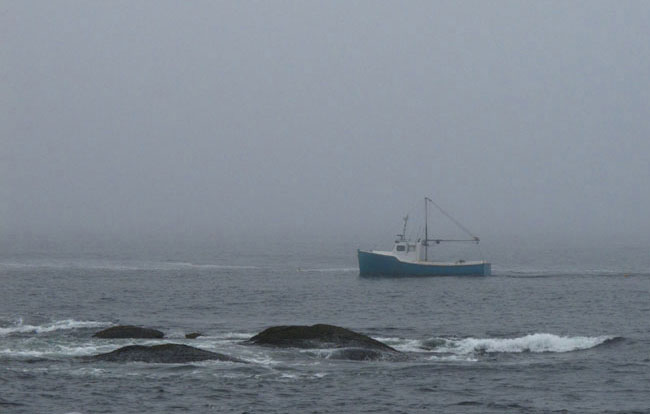...

we arrive and we have only just ceased leaving

ledges

legible lines

caught in a double bind

writing and erasing

we write questions

call answers

keen for replies

one coastline implies another, implores a far shore

sure, we’ve set foot here before

horizon line far as eye can see islands sea

between you and me an endless unknown ocean




